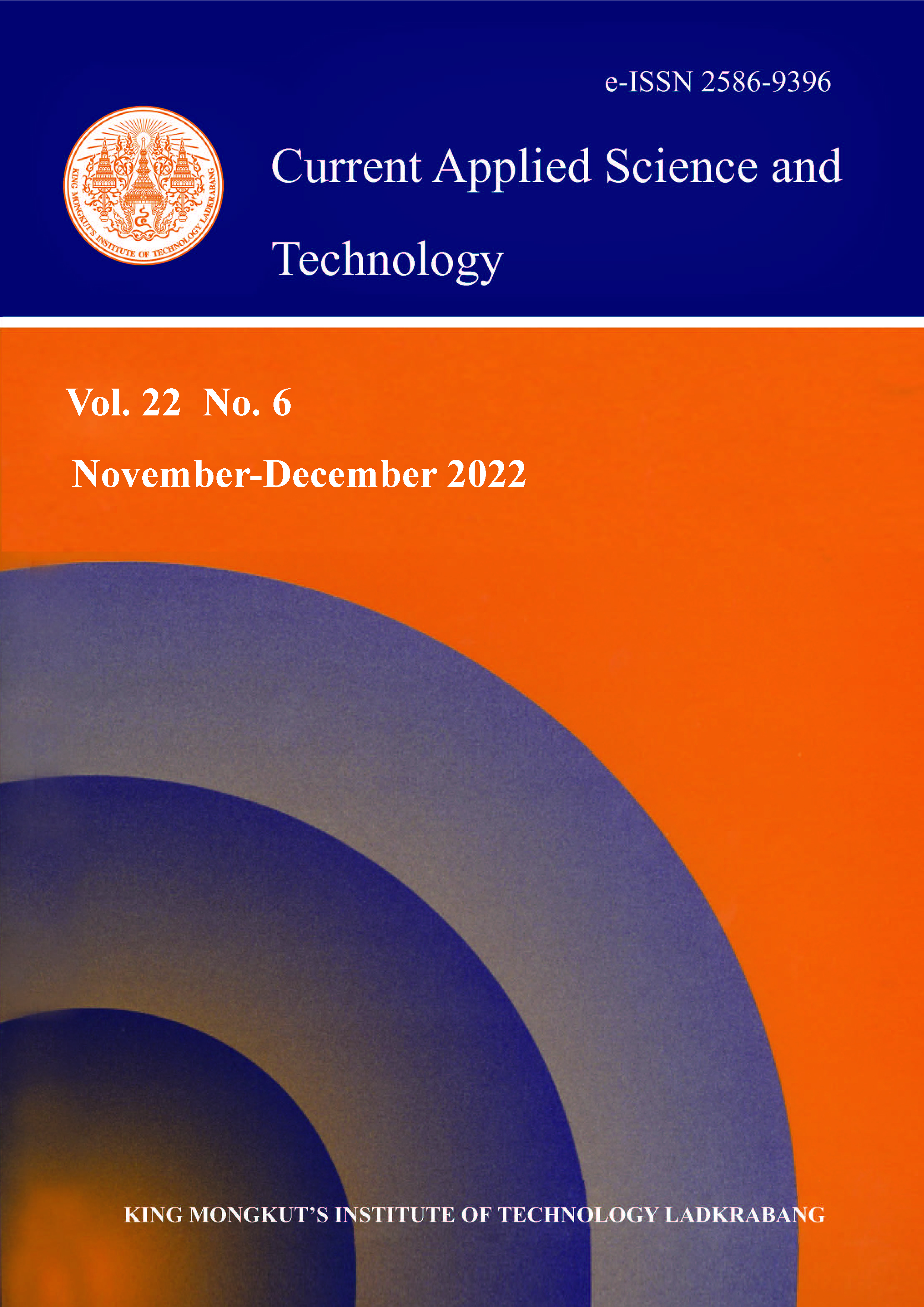The clustered regularly interspaced short palindromic repeat paired associated protein 9 (CRISPR-Cas9) is a site-specific genome editing tool that enables scientists to edit or introduce genetic mutation at will. CRISPR-Cas9 consists of two essential key players; a programmable RNA called single guide RNA (sgRNA) and the Cas9 protein which functions as a molecular scissors that does the cutting. Since its discovery, CRISPR-Cas9 has received vast attention due to its simplicity, convenience, and superior precision of use. Its application extends into various fields including the health sciences where it has been used to enhance the understanding of pathogenesis and help in therapeutic intervention. Despite the promising potentials and applications of CRISPR-Cas9, there are several aspects that need to be addressed including the method of delivery, off-target cutting and ethical issues in human germline modification. The purposes of this review are to perform a comprehensive literature search of publications on the CRISPR-Cas9 system and to highlight potential applications of CRISPR-Cas9 in the field of medical sciences. In this present review, we discuss the background of CRISPR-Cas9, its mechanisms of genome modification and its applications in the medical field including its use in the study of animal model production, genetics, multifactorial and complex diseases. In addition, we also discuss the limitations associated with CRISPR-Cas9 application. CRISPR-Cas9 has accelerated medical studies and facillitate the collection of vast amounts of information. However, its limitations should be further studied in order to reap its greatest benefits.
Keywords: CRISPR-Cas9; CRISPR-Cas9 applications; genome editing technique; site-specific genome editing tool; therapeutic intervention
*Corresponding author: Tel.: (+06) 03 32584743 Fax: (+06) 03 3258 4602
E-mail: fazleen@uitm.edu.my
Halim, S. N. A. undefined. A. ., Feizal, N. N. undefined. ., Najmi, A. S. undefined. A. ., Omar, R. N. undefined. C. ., & Hatta*, F. H. M. undefined. . (2022). Clustered Regularly Interspaced Short Palindromic Repeat Paired Associated Protein 9 (CRISPR-Cas9) System and Its Opportunity in Medical Science - A Narrative Review. CURRENT APPLIED SCIENCE AND TECHNOLOGY, DOI: 10.55003/cast.2022.06.22.014 (17 pages). https://doi.org/10.55003/cast.2022.06.22.014

